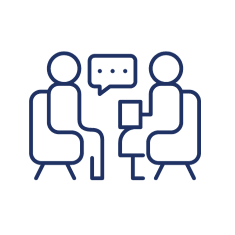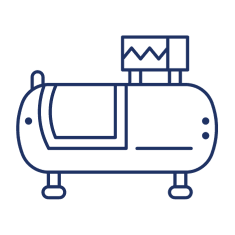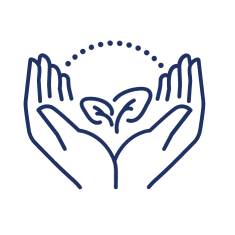Getting Ready For Your First Osteopathic Treatment Wellington at City Osteopaths
Your first appointment is for one hour which allows time for your comprehensive medical history, thorough assessment, explanation of our findings, and osteopathic treatment Wellington. Your treatment plan goals and home care instructions will be developed with your input. Follow-up appointments are 30 to 45 minutes depending on what you need and are usually once a week and reduce in frequency as you improve.
If you have had an injury, you do not need to see your GP first, you can come to us directly, fill in an ACC form, and receive subsidised osteopathic treatment Wellington. Our osteopaths can refer you for private X-rays or ultrasound scans when necessary and ACC will contribute to the cost of these if your injury is accepted by ACC.
We have Osteopaths who are very skilled in gentle (cranial or biodynamic) osteopathic treatment and osteopaths who are very skilled in structural (more physical ) techniques including gentle manipulation (clicking). There is more detail you can see on our web page here about which osteopath to see for specific conditions. Please let our reception staff know if you have a preference so they can help you book in with the right practitioner for you.
Before you come
Make your first appointment on a day when you will not have a lot of activity
Please fill out the online forms emailed to you well beforehand.
Ensure you (or your child) have had some water and a snack before your treatment.
Bring relevant x-ray reports, blood test results, medications you are on, Plunket book, ACC forms, if appropriate.
During your treatment
A full medical history will be taken by your practitioner followed by a relevant physical, neurological, and osteopathic examination.
Your osteopath will explain their findings and preliminary diagnosis before treatment.
The treatment is usually very gentle and relaxing.
Afterwards:
You may feel tired and need to rest or sleep more.
Avoid vigorous activity, i.e.; sports, gym.
You should notice some relief, however you may experience an increase in pain for 24 to 48 hours - This occurs because the body sometimes continues to adjust itself to the realignment that has occurred during treatment. The process of change involves increased blood supply to joints and soft tissues and the improved regulation of nerve impulses to affected areas.
Increase your intake of water and liquids (avoid alcohol and coffee). This will allow your body to get the maximum benefit from the healing process.
Finally if in any doubt you may choose to speak to your osteopath
City Osteopaths Frequently Asked Questions:
How long do your treatments go for?
Our initial treatments are up to one hour and follow ups are up to half an hour, however can be longer if you need. We aim to run on time.
What is the aim of treatment?
Our aim is to listen to what you need and your goals, then to get you as well as possible, as quickly as possible, and to treat underlying causes rather than just presenting symptoms. Our goal is for you to feel better as you work hard/get older rather than the reverse. We can work with you as individual practitioners or as an integrated team to help remove the impediments to you achieving your goals.
What happens on the first treatment?
We take a comprehensive medical history, to understand where you are at now in the context of your whole life. We are trained in physical examination and neurological, orthopaedic and osteopathic testing to help us figure out with you what the preliminary diagnosis is and what we can do to help you. Then with informed consent, (unless contraindicated) we will treat you in the first session, we also give you appropriate advice and home management so you can start to feel better quickly.
What is the next step after my first treatment?
We figure out an individualised plan with you to help you out of pain and back to health. This is likely to involve hands on treatment to ease muscles, fascia, joints, improve blood supply and venous and lymphatic drainage, specific exercises, nutritional advice, supplements, breathing retraining, stress management etc. Our goal is to help your body to function optimally so you feel great and can enjoy life.
If you have any more questions, just ask. You can call our front desk team on 044991439 and one of our practitioners will call you back as soon as they are able.
What is Health?
The word "Health" is an English noun referring to the overall soundness or condition of an organism. Osteopaths also like to think of health as being a verb; that is, the action of striving to optimise the condition of the organism.
Many of us have heard of this concept before, under the name "homeostasis", meaning "stay the same." For the osteopath, this word contains entirely the wrong connotations - there is nothing "static" about it. Maintaining a state of health is a constant dynamic battle to overcome the never-ending stream of insult and injury that characterises life. Health is about bouncing back. Health is not just that which protects us from bacteria and virii, but also that which maintains our blood pH, heals the cut on our finger, and maintains our positional sense to remain upright in Wellington's notorious wind.
Health is, to the osteopath, not a state of being without disease, but an optimum ability to withstand and self-right from insult or injury.
I haven't heard of Osteopathy before - is it new?
No. Osteopathy has existed in its modern form for around 150 years, but this incarnation is best understood as just the latest chapter in manual medicine, which has probably existed for much longer than human civilisation - since the time when primitive man first instinctively rubbed an ache. The oldest confirmed written record is possibly that of the Tomb of Ankh-Mahor in Egypt, a VIth Dynasty Pharoah who died in 2340BC. Since that time, manual medicine has sprouted forth all over the globe and persisted for one simple reason - it works.
Modern Osteopathy was founded by Dr Andrew Taylor Still, an American physician, in the mid-1870s after he became dissatisfied with orthodox medicine.
Dr Still observed that patients who were ill often had irregularities in the alignment of their spines and he became certain that many illnesses arise when part of the body's structure is misaligned or not moving properly. He reasoned that adequate function of the body's physiological systems depends on unimpeded blood and nerve supply. He was able to alleviate or cure his patient's illnesses by manipulating joints and soft tissue.
His simple techniques were effective (true to the history of manual medicine), but more importantly his philosophy paved the way for further advances guided by a new understanding of health and disease. He said "My aim is to make the osteopath a philosopher, and place him on the rock of reason." The last 140 years has seen osteopathic practice spread throughout the globe and incorporate the latest advances of science, experience and observation while remaining true to its philosophical underpinnings, namely: The body is a unit. The body has self-healing and self-regulatory functions. Structure and function are reciprocally interrelated. The goal of the osteopath should be to find health; anyone can find disease.
Nowadays full-time University training, followed by rigorous clinical examinations are required to become an osteopath. In New Zealand all osteopaths have to complete ongoing postgraduate education to obtain an Annual Practicing Certificate. All osteopaths should display their Annual Practicing Certificate and have Reg. Osteopath after their name.
What is Cranial Osteopathy?
Many of our osteopaths practice Cranial Osteopathy, which is a specialised diagnostic and treatment approach following on from the discoveries of American Osteopath Dr William Garner Sutherland in 1898, who observed that the various bones of the cranium (skull) fitted together in a way that permitted (small) motion.
Subsequent study found that not only was motion present within the skull, but that slow rhythmic motions (independent of breathing and heart-rate) also existed elsewhere in the body. Nowadays "Cranial Osteopathy" is practiced all over the body, but the name remains, in homage to Sutherland's original discovery. This motion has known many names over the 100-odd years since, including Cranial Rhythmic Impulse, Inherent Motility, and the Involuntary Mechanism, although today it is most commonly referred to as the Primary Respiratory Mechanism (PRM).
The PRM consists of very slow motion. The slowest regularly observed rhythm has a cycle of approximately 100 seconds. Motion present includes Traube-Hering-Mayer (THM) vasomotor waves and independent metabolic motion. Cranial osteopaths diagnose and treat various characteristics of the motion observed using a finely-tuned sense of touch. Not all osteopaths are trained in Cranial Osteopathy and it takes many years to become skilled. This treatment approach is gentle and very appropriate for babies, children as well as adults.
What is the biodynamic Model?
American Osteopath Dr James Jealous successfully combined Dr Sutherland's "Cranial Osteopathy" with German embryologist Dr Erich Blechschmidt's "Biokinetics and Biodynamics of Human Differentiation" to form an approach to osteopathy that he called "Biodynamics of Osteopathy in the Cranial Field."
Where traditional Cranial Osteopathy had concerned itself with tissue lesions preventing full expression of the motion of the PRM, the Biodynamic Model was interested in the movement itself. Blechschmidt's work had established a correlation between subtle movements and metabolic fields in the developing human embryo, and Jealous began to investigate the effect of these movements on metabolic activity in adults. Jealous found that not only were developmental movements of the embryo and primary respiration (PRM) in the developed human one and the same, but that there appeared to be a correlation between primary respiration and the potency of self-repair (health) itself.
Thus a cranial osteopath working biodynamically is not concerned with tissue lesions, but with the direct apprehension and optimisation of the faculties of self-repair and self-correction.
An Osteopath working with the Biodynamic Model seeks first and foremost to understand Health as a verb.
Best Quality Injury and Pain Treatment?
Since becoming established in 1992, we have grown and developed our team of practitioners to provide the best quality injury and pain treatment using the most gentle and effective methods.
Central City Location
We have a Central City Location, with parking available on the street, in the WCC Clifton Terrace Carpark, the Carpark in Waring Taylor Street and the Carpark at Queen's wharf. There is a taxi stand across the road, and we are a two-minute walk from the Lambton Quay bus route.
Eastern Suburbs Satellite Clinics
We have a clinic in Miramar and another in Breaker Bay so you can park for free and enjoy a peaceful environment. Especially recommended for new babies and their parents.
Special new parents area
We have a special New Parent's area with a baby change table and breastfeeding chair to relax and feed your baby.
Professional Receptionists
Our full-time professional receptionists are ready to answer your call and get back to you quickly if you leave a message.
Flexible Appointments
Later and earlier appointments are available to fit in with your work and life commitments.
We work as a team
We work as a team, with regular in-practice meetings and complementary healthcare collaboration, especially to help patients suffering from complex conditions. Here is where our over 160 years of combined clinical experience is of great benefit.
Commitment to continuous education
Our practitioners regularly attend postgraduate courses in New Zealand and overseas to keep up-to-date with the latest research and technology.
Qualified and registered practitioners
All our practitioners are fully qualified and registered with their respective boards of registration.
Registered ACC treatment providers
All our Osteopaths and Acupuncturists are Registered ACC Treatment Providers. If you have an injury, save yourself time and money, and ring for an appointment to see one of our Osteopaths. A doctor's referral is not needed.
You can choose your therapist under ACC
Did you know that if your GP refers you for manual therapy under ACC, you can choose who you see or what kind of therapist you visit? You don't have to see the one specified in the referral letter.
Your ACC support is transferable
ACC support is transferable. So if you have a claim made within the last year and your pain relates to that injury, just bring your claim number. Even if the claim was registered and treated by another healthcare provider (such as a physiotherapist or chiropractor) and you are not fully recovered, our Reg. Osteopaths or Reg. Acupuncturists will still be able to treat you using that claim as long as it is within one year of the initial injury.
City Osteopaths Links

Naturopathy & Herbal Medicine
Naturopaths & Herbal Medicine, using combination of natural therapies and traditional healing to support and stimulate the body's self-healing mechanisms.

Alexander Technique, Voice Coaching & Coaching
Alexander Technique's method of postural awareness helps you rediscover your body's natural balance to move well and avoid injury.

Hyperbaric Oxygen
We have the most modern and comfortable hard-sided mild HBOT chambers. Oxygen is dissolved into all of the body's fluids, the central nervous system fluids, the lymph, and the bone.

Homeopathy
Homeopathy is a holistic system of alternative medicine. Homeopathy is a system of medicine that uses small doses of natural substances to help stimulate the body's natural ability to heal itself.

